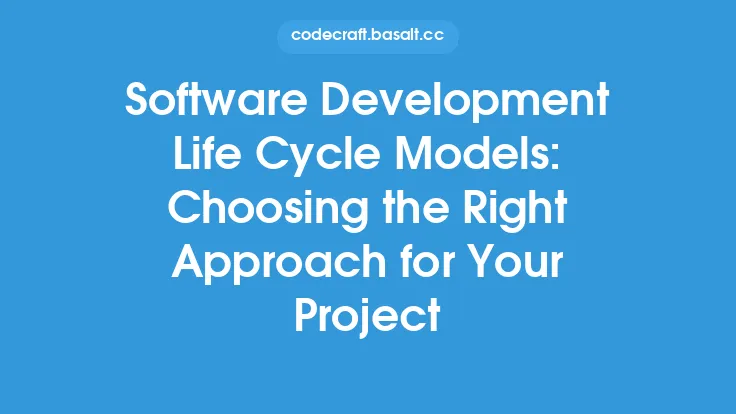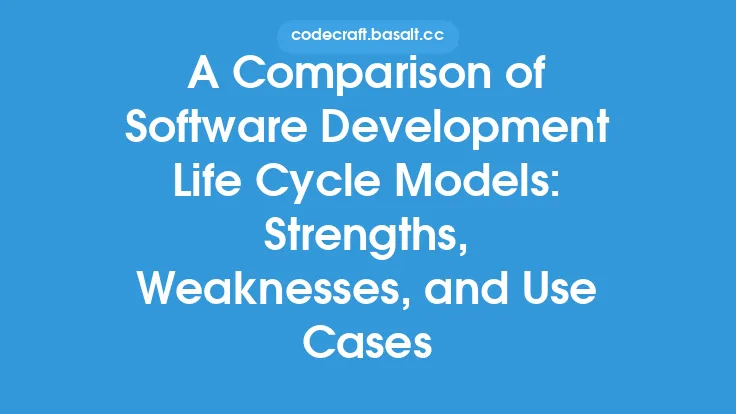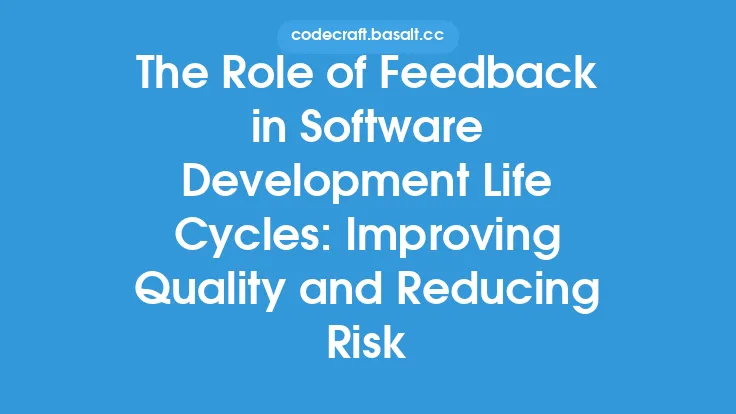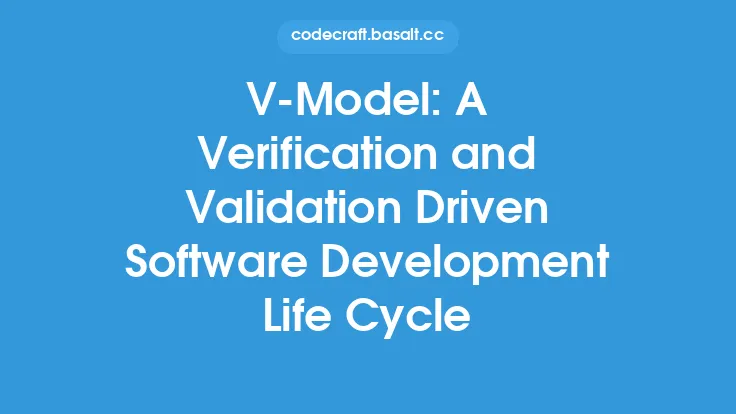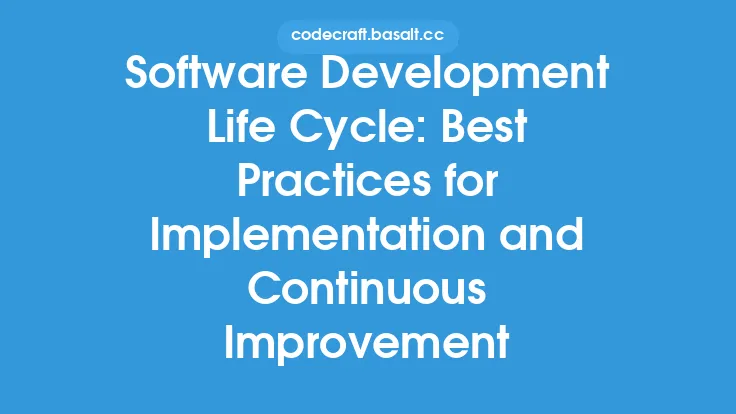The software development life cycle (SDLC) is a framework that outlines the stages involved in developing software applications. It is a structured approach to software development that ensures the delivery of high-quality software products. The SDLC consists of several phases, including planning, execution, and closure. In this article, we will delve into the details of these phases and explore their significance in software development.
Introduction to Planning
The planning phase is the initial stage of the SDLC, where the project's objectives, scope, and timelines are defined. This phase involves a thorough analysis of the project's requirements, including the identification of stakeholders, their expectations, and the functional and non-functional requirements of the software. The planning phase is critical, as it sets the foundation for the entire project. During this phase, the project manager and the development team work together to create a detailed project plan, including the project schedule, budget, and resource allocation.
Execution Phase
The execution phase is where the actual development of the software takes place. This phase involves the design, development, testing, and integration of the software components. The execution phase is typically divided into several sub-phases, including:
- Requirements gathering: This involves collecting and documenting the functional and non-functional requirements of the software.
- Design: This phase involves creating a detailed design of the software, including the architecture, user interface, and system components.
- Implementation: This phase involves writing the code for the software, using programming languages and software development tools.
- Testing: This phase involves verifying that the software meets the requirements and works as expected.
- Integration: This phase involves combining the individual software components into a single, cohesive system.
Closure Phase
The closure phase is the final stage of the SDLC, where the software is deployed to production and the project is officially closed. This phase involves a series of activities, including:
- Deployment: This involves installing the software in the production environment and making it available to end-users.
- Maintenance: This phase involves providing ongoing support and maintenance for the software, including bug fixes, updates, and enhancements.
- Evaluation: This phase involves assessing the project's success and identifying areas for improvement.
- Documentation: This phase involves creating and updating documentation, including user manuals, technical guides, and training materials.
Key Activities and Deliverables
Throughout the SDLC, there are several key activities and deliverables that are critical to the project's success. These include:
- Project planning: This involves creating a detailed project plan, including the project schedule, budget, and resource allocation.
- Requirements documentation: This involves creating a detailed document that outlines the functional and non-functional requirements of the software.
- Design documentation: This involves creating a detailed document that outlines the software's architecture, user interface, and system components.
- Test plans: This involves creating a detailed plan that outlines the testing approach, including the test cases, test data, and test environment.
- Deployment plans: This involves creating a detailed plan that outlines the deployment approach, including the installation, configuration, and testing of the software in the production environment.
Best Practices and Challenges
To ensure the success of the SDLC, it is essential to follow best practices and address potential challenges. Some of the best practices include:
- Agile development: This involves using iterative and incremental development approaches to deliver software in short cycles.
- Continuous integration: This involves integrating code changes into a single, cohesive system on a regular basis.
- Continuous testing: This involves testing the software on a regular basis, using automated testing tools and techniques.
- Collaboration: This involves working closely with stakeholders, including end-users, project sponsors, and development team members.
Some of the challenges that may arise during the SDLC include:
- Scope creep: This involves changes to the project's scope, which can impact the project's timeline and budget.
- Resource constraints: This involves limitations on resources, including personnel, equipment, and budget.
- Technical debt: This involves the accumulation of technical issues, including bugs, defects, and design flaws.
- Communication breakdowns: This involves failures in communication, including misunderstandings, misinterpretations, and lack of feedback.
Tools and Techniques
To support the SDLC, there are several tools and techniques that can be used. These include:
- Project management tools: This includes tools like Asana, Trello, and Jira, which can be used to manage the project's schedule, budget, and resources.
- Version control systems: This includes tools like Git, SVN, and Mercurial, which can be used to manage code changes and collaborate with team members.
- Testing tools: This includes tools like Selenium, Appium, and JUnit, which can be used to automate testing and verify the software's functionality.
- Collaboration tools: This includes tools like Slack, Microsoft Teams, and Skype, which can be used to facilitate communication and collaboration among team members.
Conclusion
In conclusion, the SDLC is a critical framework for software development, outlining the stages involved in developing software applications. The planning, execution, and closure phases are essential to the project's success, and involve a range of activities and deliverables. By following best practices, addressing potential challenges, and using the right tools and techniques, software development teams can deliver high-quality software products that meet the needs of end-users and stakeholders.
